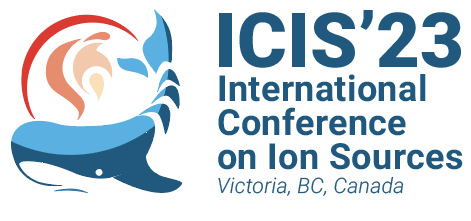Speaker
Description
Production of intense highly charged uranium (U) ion beam is strongly demanded to produce intense radioactive isotope (RI) beam at several accelerator facilities, because of its high efficiency of RI production with the in-flight fission of U ion. At RIKEN, intense highly charged U ion beam from ion source has been required for this purpose. To meet the requirement, in the beginning, we used the sputtering method and successfully produced intense U ion beam. However, in the experience of U ion beam production for long term, we recognized that we need to produce more stable and intense beam from the ion source using another method. Because a metallic U rod always interacts with plasma and this method sometimes destabilizes plasma. Therefore, we developed the high temperature oven (HTO) to produce U vapor and tried to produce intense and stable beam of highly charged U ion. Additionally, to supply enough vapor, we developed the double oven system and studied the effect of the consumption rate on the beam intensity of highly charged U ion systematically. Based on the results, we optimized the consumption rate to maximize the beam intensity. Consequently, intense U ion beams of, 350 electric micro A of U33+ (consumption rate of about 12 mg/h) 250 electric micro A of U35+ (about 10 mg/h), 36 electric micro A of U46+ (about 3 mg/h) and 10 electric micro A of U54+ (less than 1 mg/h), were successfully produced at the injected microwave power of about 3 kW. In these experiments, we also measured the emittance of the U35+ ion beam under the various conditions. We observed that the emittance is strongly dependent on the extraction beam intensity.
In this contribution, a brief review of the recent developments, especially optimization of the material consumption rate to maximize the beam intensity, leading to these intensities and systematical study of the emittance, are presented.
| Email Address | higurasi@riken.jp |
|---|

